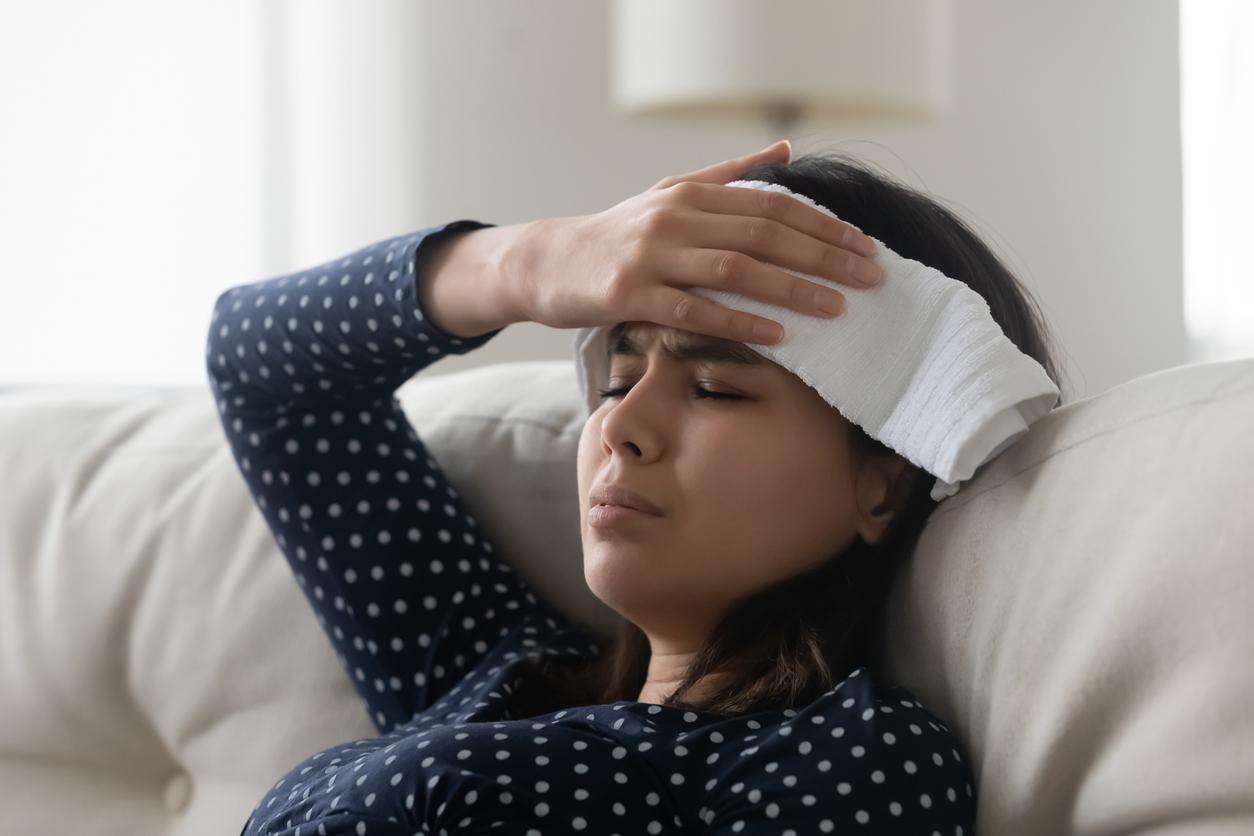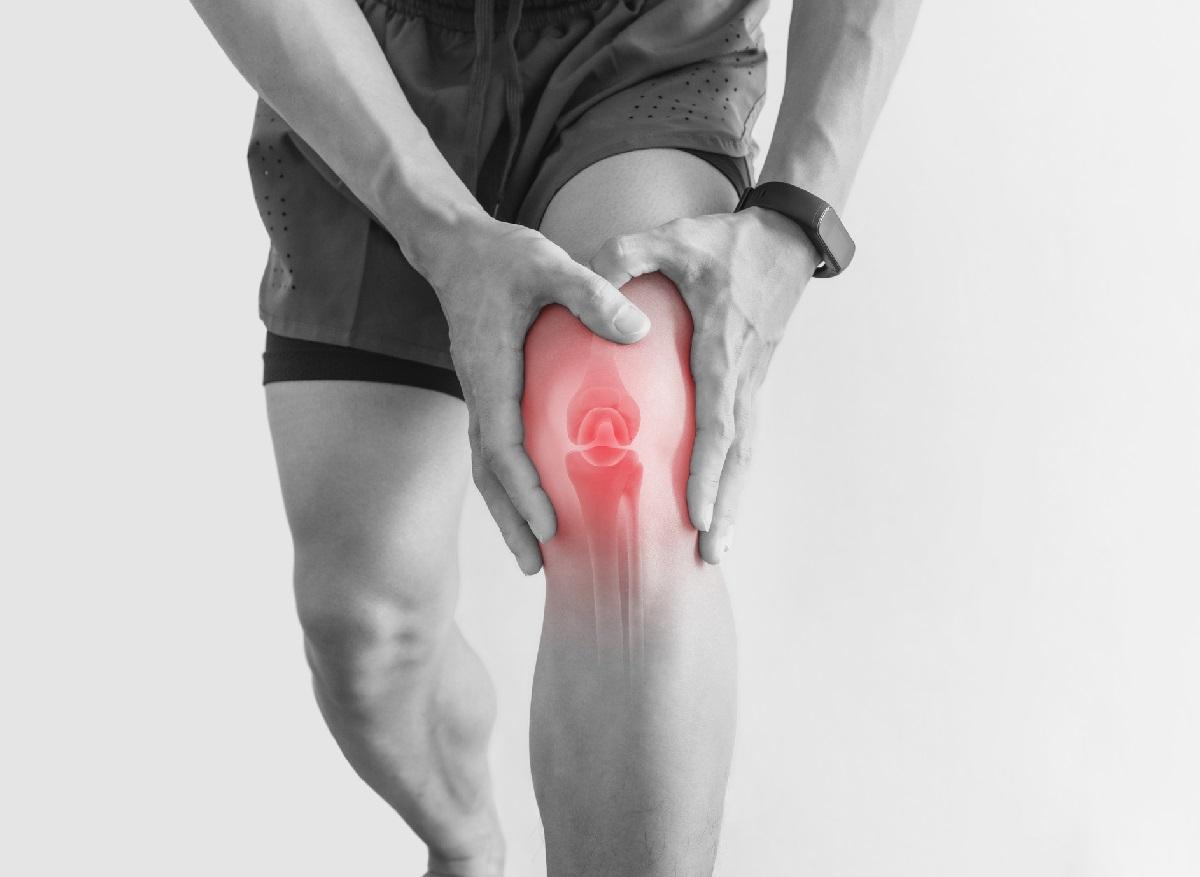In patients suffering from chronic osteoarthritis pain of the hip or knee or chronic back pain, an American study shows that morphine or strong opioids are not really effective than paracetamol.

An American scientific trial, SPACE (the Strategies for Prescribing Analgesics Comparative Effectiveness) compared, in a controlled study on 240 patients, the 12-month effects of morphine or strong opioid treatments and non-opioid treatments on moderate to moderate chronic back pain. severe (65%) or osteoarthritis pain in the hip or knee (35%).
Necessary evaluation of morphine in non-cancer pain
This study appeared in the JAMA and is part of the evaluation of long-term strong opioids, opioids the use of which has been recommended in several recommendations on the management of chronic pain, including outside cancer. These recommendations were made without any real reliable assessment of the advantages and disadvantages of this strategy.
An increased number of deaths from opioid overdose has raised some questions about the “larga manu” prescription of these strong opioid treatments in the management of chronic pain, particularly in the elderly, who are also those who suffer from the disease. no more osteoarthritis.
12 month evaluation
The objective of the American trial was to evaluate over 12 months, and against standard treatment with paracetamol or non-steroidal anti-inflammatory drugs, the effect of treatment with morphine and strong opioids on the patient. pain intensity and functional status, as well as the long-term adverse effects of these strong opioids in this often elderly and sometimes frail population.
To do this, 240 people were recruited from Veterans Affairs clinics and were followed from June 2013 to December 2016. Their mean age at inclusion in the study was 58.3 years. Within the opioid group, the first level of treatment is based on immediate-release morphine, oxycodone or the hydrocodone / acetaminophen combination. For the non-opioid group, the first level is paracetamol or NSAIDs. Treatments are then adjusted according to the patient’s individual response.
Strong opioids don’t work any better
In practice, the groups do not differ significantly with regard to pain-related functional impairment. Paradoxically, the intensity of pain is significantly less in the non-opioid group at 12 months. As for drug-related side effects, they are of course more common in the strong opioid group. The study lacks the power to assess the impact of strong opioids on mortality.
In terms of secondary results, it appears that only anxiety symptoms are statistically better in the opioid group. These findings are consistent with the role of the endogenous opioid system in stress and emotional suffering.
No benefit of morphine on osteoarthritis
These results are consistent with previous French work carried out by the French Society for the Study and Treatment of Pain (SFETD). In his recommendations, the SFETD underlined that strong opioids were of only moderate interest in the management of chronic pain of osteoarthritis of the limbs and spine.
This new study therefore does not encourage the initiation of strong opioid therapy for moderate to severe chronic back pain or osteoarthritis pain of the hip or knee.


.

















